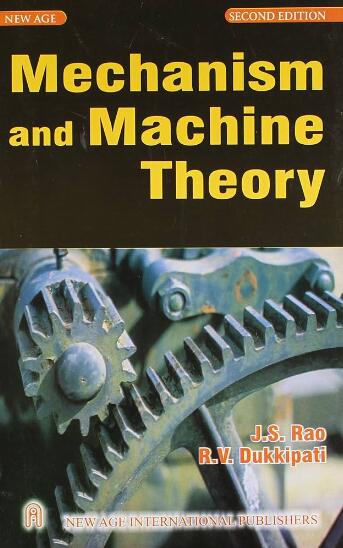Modeling, optimization, and control of a variable stiffness pneumatic rotary joint with soft-rigid hybrid twisting modules
IF 4.5
1区 工程技术
Q1 ENGINEERING, MECHANICAL
引用次数: 0
Abstract
Soft actuators have seen significant advancements in recent years, driven by their potential for adaptive and safe actuation in various applications. However, soft pneumatic actuators may exhibit undesirable deformation, bringing challenges in kinematic modeling and motion control. To address these issues, this paper systematically investigates a soft-rigid hybrid pneumatic rotary joint that integrates two antagonistic twisting modules in series—one performs clockwise helical motion, and another produces anticlockwise helical motion. Theoretical models for the rotary joint's angular displacement, output torque, and stiffness are revealed and verified through simulation and experiments. Experimental results show that the rotary joint can adjust its angular displacement, output torque and stiffness by changing the pressures of two bellows muscles. Additionally, with a classical PID controller, the rotary joint can follow triangle waves with a frequency of 0.5 Hz with a mean absolute error of 3.35° and resist an external disturbance of 1 Nm. The variable stiffness pneumatic rotary joint contains no electronic components, thereby having the potential for applications in electronics-free robots operating in extreme environments, such as nuclear power stations, and explosive gas platforms.
求助全文
约1分钟内获得全文
求助全文
来源期刊

Mechanism and Machine Theory
工程技术-工程:机械
CiteScore
9.90
自引率
23.10%
发文量
450
审稿时长
20 days
期刊介绍:
Mechanism and Machine Theory provides a medium of communication between engineers and scientists engaged in research and development within the fields of knowledge embraced by IFToMM, the International Federation for the Promotion of Mechanism and Machine Science, therefore affiliated with IFToMM as its official research journal.
The main topics are:
Design Theory and Methodology;
Haptics and Human-Machine-Interfaces;
Robotics, Mechatronics and Micro-Machines;
Mechanisms, Mechanical Transmissions and Machines;
Kinematics, Dynamics, and Control of Mechanical Systems;
Applications to Bioengineering and Molecular Chemistry
 求助内容:
求助内容: 应助结果提醒方式:
应助结果提醒方式:


